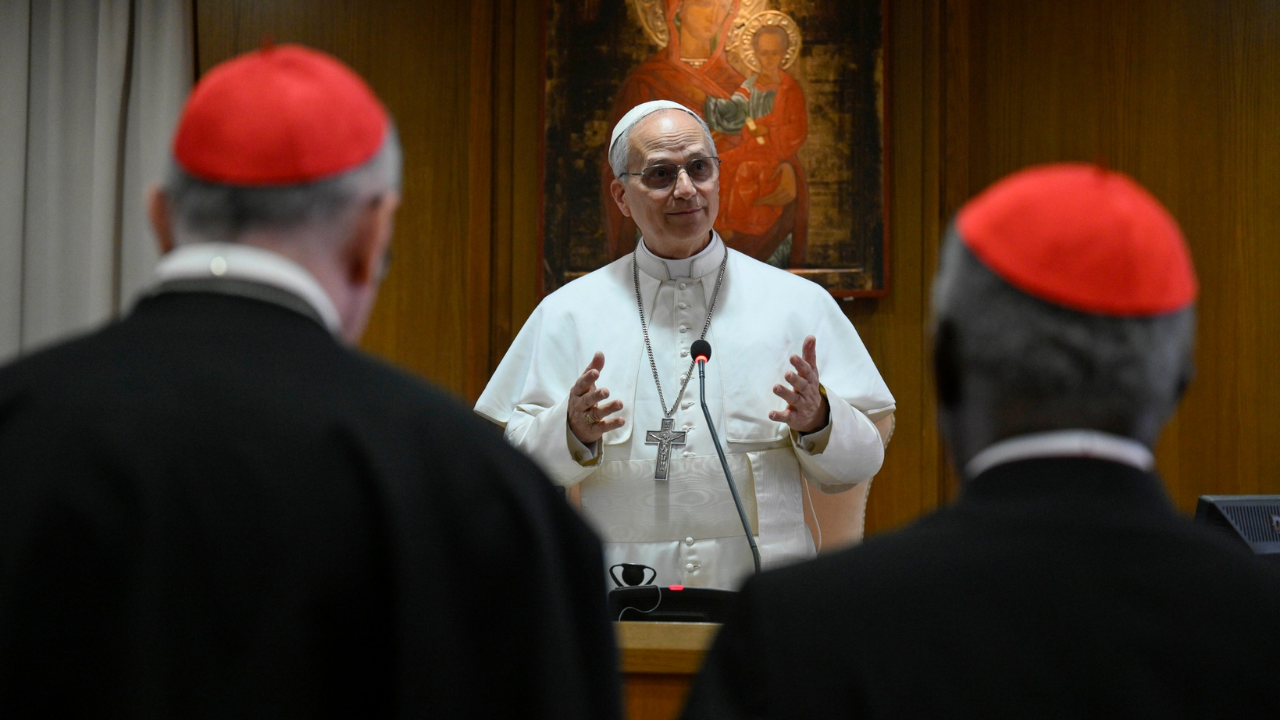
At 6:08 p.m. on May 8, 2025, in Rome, white smoke rose from the Sistine Chapel’s chimney, signaling that the cardinals had chosen a new pope.
Cardinal Robert Francis Prevost from Chicago, born in 1955, had been elected as Pope Leo XIV—the first American ever to lead the Catholic Church. Thousands in St. Peter’s Square cheered as the bells of the basilica rang.
Many called it a moment of hope for the Church, marking a break from the tradition of only European popes spanning almost 2,000 years. But the joy quickly turned to anger in the United States.
Within hours, political divisions erupted, especially among 70 million American Catholics, many of whom supported President Trump. The new pope’s election became not just a religious event, but a political flashpoint across the Atlantic.
Immediate Backlash
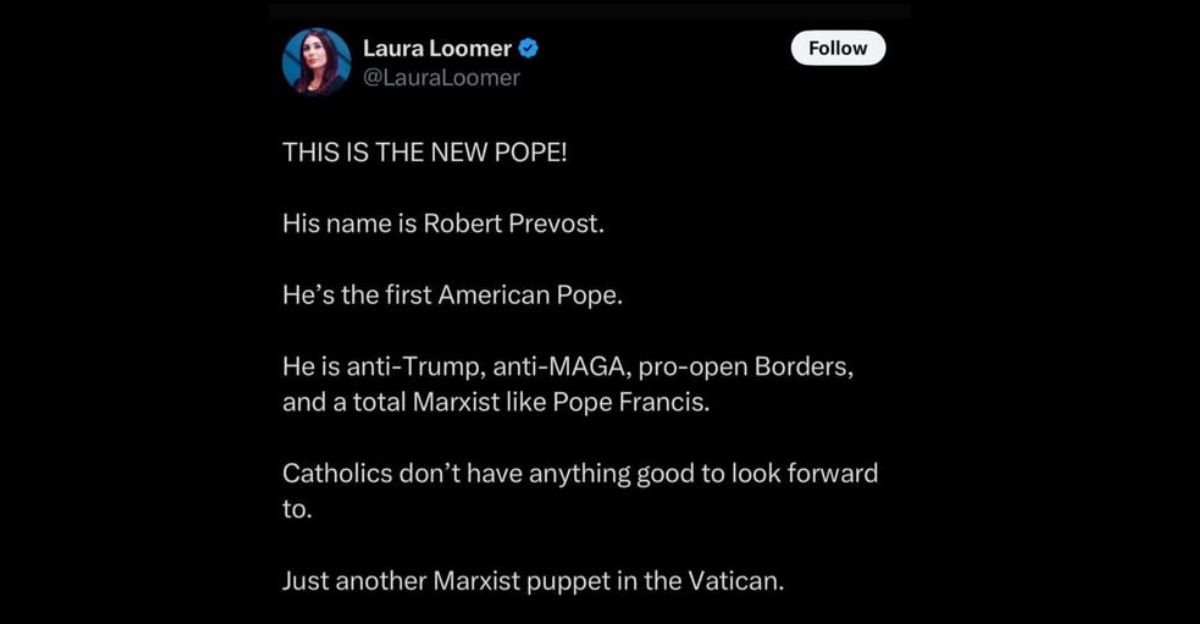
The celebration didn’t last long. Even before Leo XIV had completed his first day as pope, influential voices in the MAGA movement attacked him online.
Right-wing activist Laura Loomer accused him of being anti-Trump and “a Marxist like Pope Francis.” Steve Bannon—a key Catholic ally of Trump—declared that Leo was the “anti‑Trump pope” and insisted that “globalists in the Vatican” had engineered his election.
Reporters uncovered that, before he became pope, Cardinal Prevost had publicly criticized Trump’s immigration policies and the religious statements of Vice President JD Vance, which only intensified the bishops’ anger.
For many MAGA Catholics, the new pope seemed less like a spiritual leader and more like a political opponent.
Missionary Roots

Behind the headlines, Pope Leo’s life story tells a very different tale from politics. He graduated from Villanova University in 1977 with a degree in mathematics and soon joined the Order of Saint Augustine.
After being ordained in 1982, he left the United States to serve as a missionary priest in Peru. For the next 20 years, he worked among Peru’s poorest communities, teaching, building parishes, and helping those in need.
In 2015, he became the Bishop of Chiclayo, where he served over a million Catholics. These years shaped his views on issues like poverty, migration, and justice—all themes that would define his future papacy.
His deep empathy for the poor and displaced would later put him on a philosophical collision course with Trump’s nationalist and anti-immigration policies.
Rising Tensions
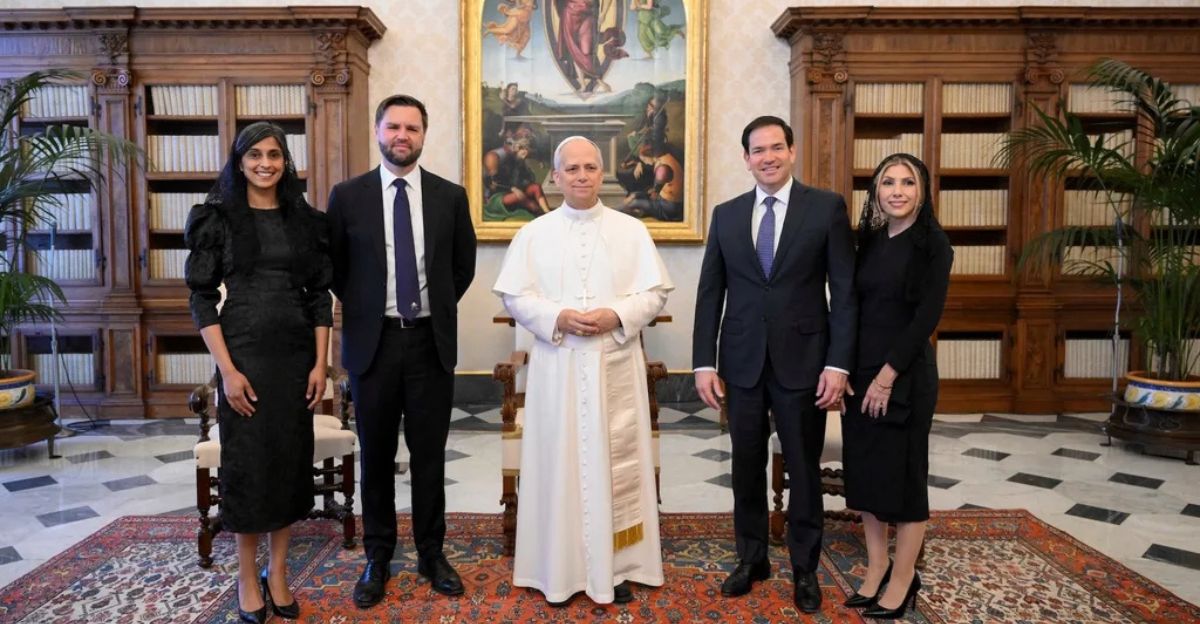
Cardinal Prevost’s own public statements before becoming pope already revealed friction with Trump’s worldview.
Earlier in 2025, he shared an article online rejecting JD Vance’s argument that Christians should prioritize helping Americans over migrants. In another post, he criticized U.S. government discussions with El Salvador about deportation tactics, asking, “Do you not see the suffering?”
At the time, these comments were just one priest’s opinion. But when the same man became Pope Leo XIV, they suddenly carried the full authority of the papacy.
His reminders about compassion for migrants and moral justice immediately challenged the Trump administration’s political theology, prompting many Catholics to reconsider the intersection of faith and nationalism.
The Climate Confrontation
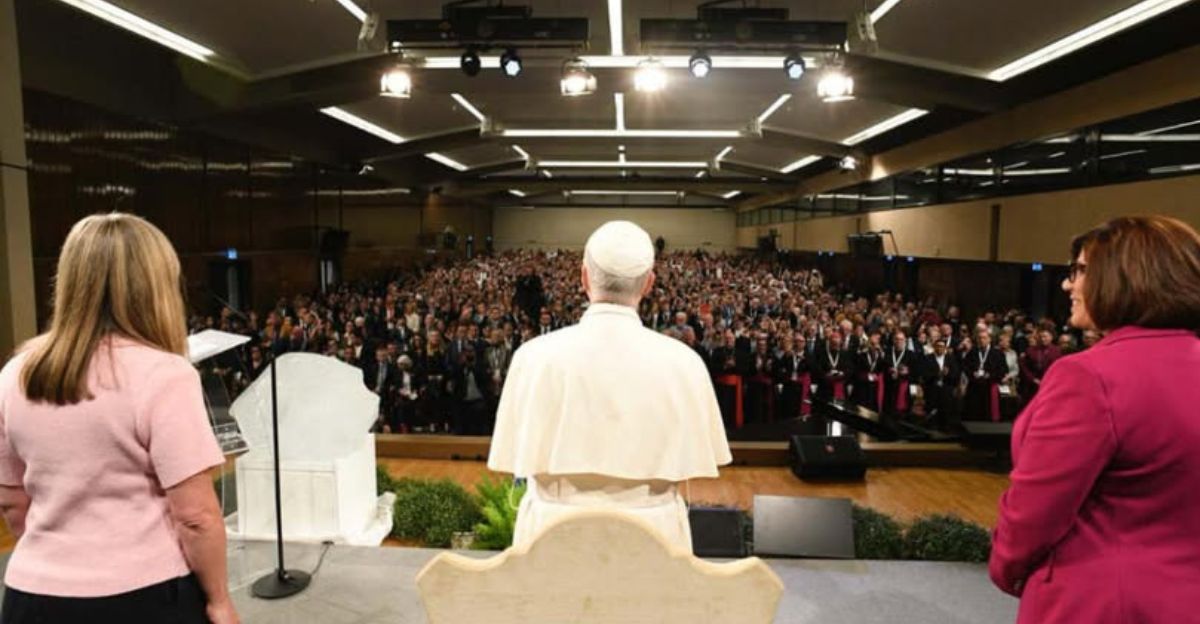
Pope Leo’s first major global speech took place on October 1, 2025, at the “Raising Hope for Climate Justice” conference near Rome.
It marked the tenth anniversary of Pope Francis’s famous environmental teaching, Laudato Si’. Only days after President Trump mocked climate change as “the greatest con job ever,” Pope Leo gave a direct response.
He condemned leaders who ridicule climate activists and “blame the poor for the world’s problems.” In a decisive symbolic moment, the pope blessed a large block of ice that had broken off from a glacier melting due to global warming.
This public act clearly contrasted Trump’s climate skepticism and showed that the new American pope supported global cooperation on environmental issues rather than denying them.
Regional Flashpoint
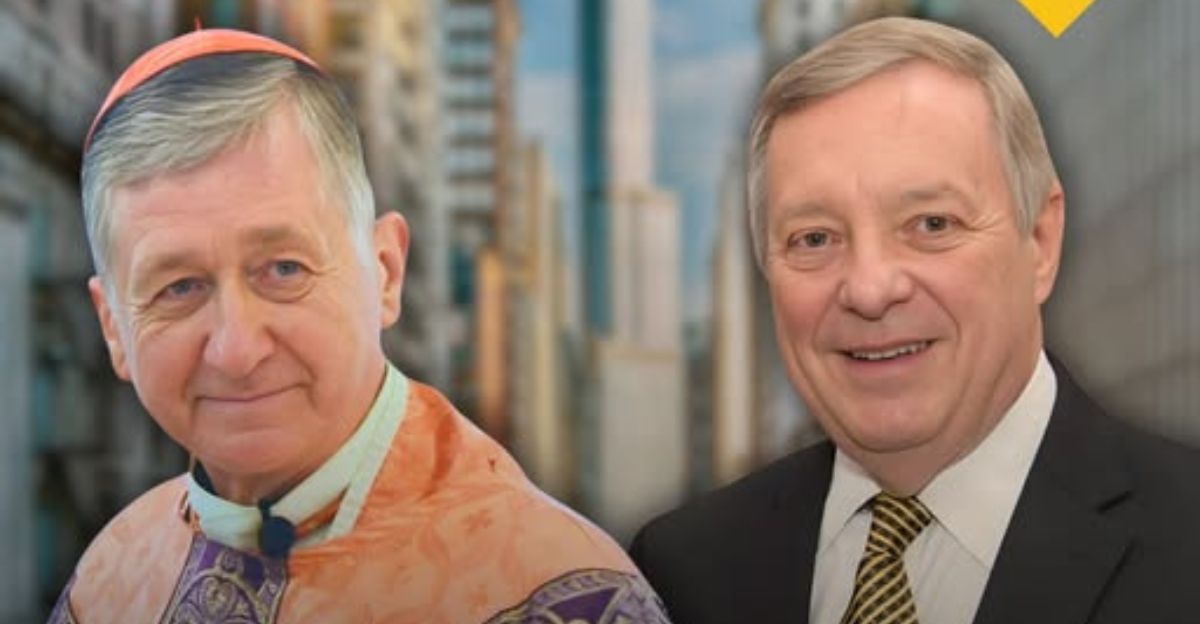
Just before that climate speech, Pope Leo had stirred debate within the American Church. A major dispute erupted when Cardinal Blase Cupich of Chicago wanted to honor Senator Dick Durbin for his career and immigration advocacy.
Many conservative bishops protested because Durbin supports abortion rights. When asked about the controversy, Pope Leo replied sharply: “You cannot be truly pro-life while supporting the death penalty or mistreating immigrants.”
His words cut directly against MAGA-style selective morality that focused on abortion while ignoring other aspects of human dignity.
This statement pushed many U.S. conservatives to question whether their lifelong understanding of “pro-life” aligned with the Church’s teachings under their new pope.
A Nation Divided
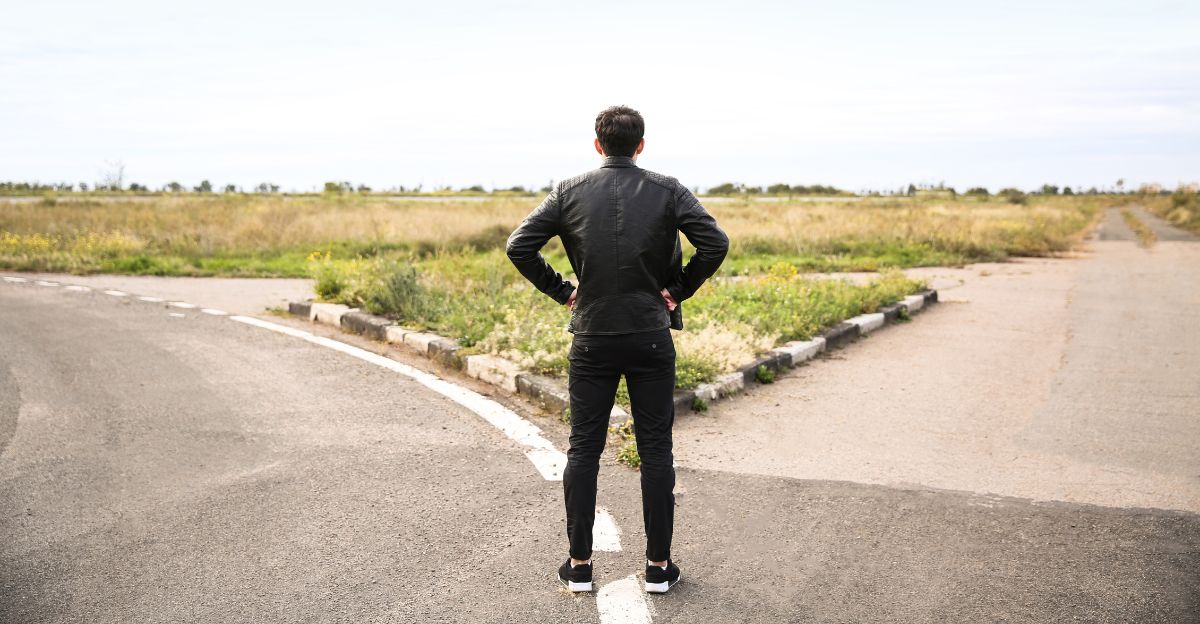
For everyday American Catholics, Pope Leo’s message resonated deeply. Melissa Hartmann, a middle-aged Catholic mother from Wisconsin, told reporters she felt torn: “I’ve always been Catholic, but how can I follow a pope who sides with Democrats?”
Her confusion reflected a broader tension. In the 2024 U.S. election, approximately 55% of Catholics voted for Trump, reflecting the nation’s political divide.
Yet surveys revealed that 84% of American Catholics had a favorable view of Pope Leo XIV.
The data suggested that while MAGA Catholics were vocal in their opposition, most believers still respected the pope as a moral leader—even if they disagreed with his political views.
Economic Justice

Leo XIV’s first primary document as pope, issued on October 9, 2025, was titled Dilexi te (“I have loved you”). It condemned economic inequality and greed, echoing themes that Pope Francis had also addressed.
It called attention to “an economy that kills,” where the wealth of a few grows while millions remain in poverty. Pope Leo urged Catholics to challenge unjust systems and support systemic social change.
He warned believers not to obsess only over moral purity or single issues like abortion while ignoring justice and compassion for the poor.
The message directly contradicted Trump’s pro-business policies and the MAGA movement’s focus on nationalism over global solidarity.
Global Stakes
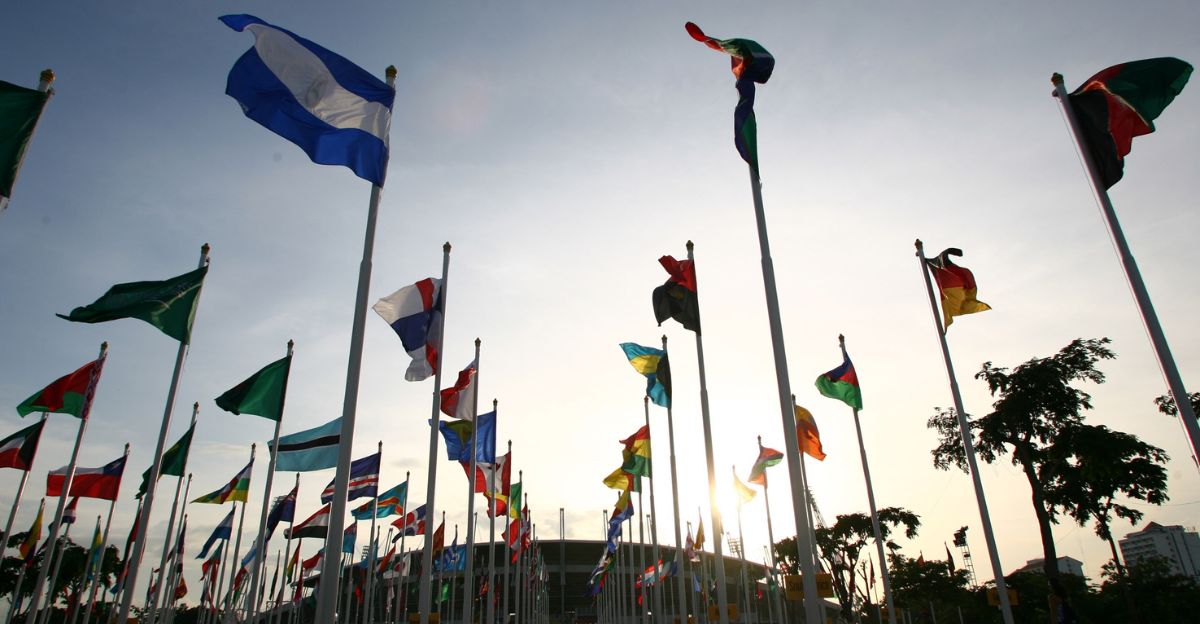
The arrival of an American pope created historic tension with an American president. During Pope Francis’s time, Trump’s defenders brushed off Vatican criticism by claiming the Argentine pontiff did not understand U.S. politics.
That excuse no longer worked. Leo XIV had a firsthand understanding of American culture, speech, and religious identity.
“The fact that I am American means people can’t say I don’t know what goes on there,” he explained. This made his challenges to Trump far harder to dismiss.
For the world’s 1.4 billion Catholics, the conflict wasn’t just about politics—it was about how a religion that preaches unity could function in a time of deep global division.
The Vatican’s Nuclear Option

In July 2025, the Vatican announced plans to build a 430-hectare solar farm, making Vatican City the first carbon-neutral state on Earth.
The project, costing less than €100 million, would provide all the Vatican’s power through renewable energy. This announcement wasn’t just environmental policy—it was a direct counter to Trump’s rollback of global climate initiatives.
When Pope Leo later blessed ice melted by global warming, critics mocked the optics. But the Vatican’s solar farm proved his actions had substance behind the symbolism.
The world’s smallest country was modeling what it preached: leading by example on clean energy even as major powers retreated from climate responsibility.
Internal Church Warfare

Inside the American Church, however, divisions deepened. Several U.S. bishops condemned Cardinal Cupich’s award to Senator Durbin, calling it a betrayal of pro-life values.
Bishop Thomas Paprocki went as far as publishing a “correction” accusing Cupich of dishonoring the lives of unborn children. Others demanded punishment or retraction.
But Pope Leo publicly defended Cupich, explaining that being pro-life means supporting life in all forms—caring for migrants, opposing the death penalty, and fighting poverty.
Durbin later declined the award to ease tension. Conservative bishops realized that the new pope’s “seamless garment” view of morality clashed intensely with their own political priorities, leaving lasting damage.
Trump’s Calculated Response
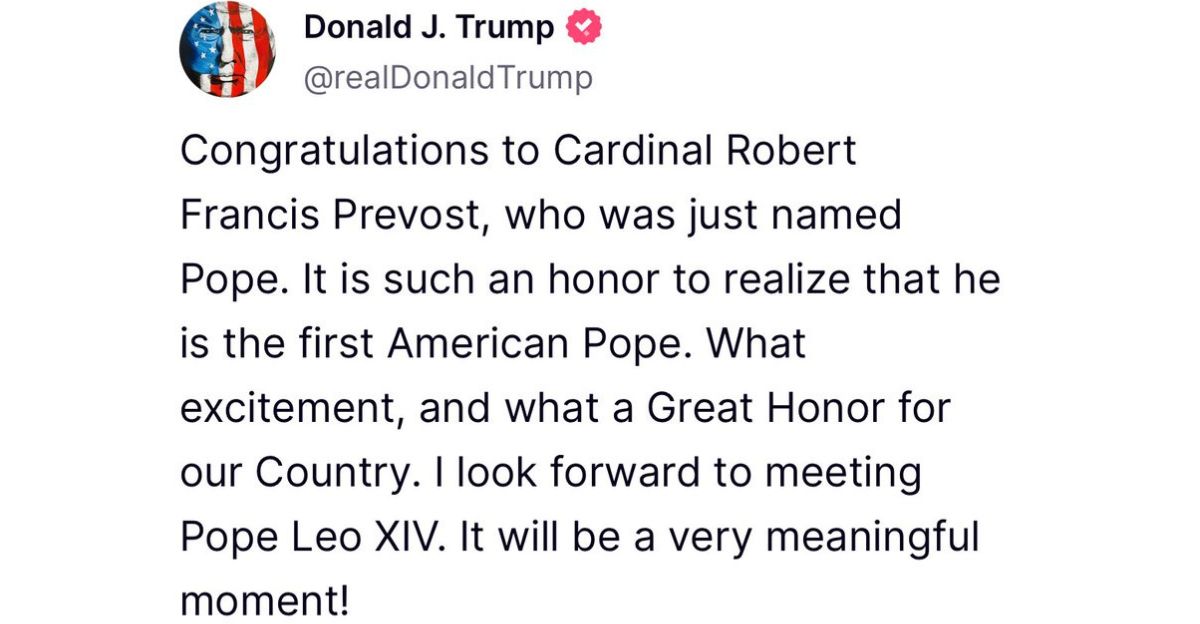
Publicly, President Trump congratulated Pope Leo XIV and praised him as the first American pope.
But privately, he was reportedly irritated. He boasted online that he “did the Catholic, by significant margin,” claiming credit for the Church’s vitality in America. Analysts said Trump was frustrated that he could not control the narrative—an American pope was suddenly the most potent voice opposing his policies.
Unlike previous papal critics, Leo’s nationality stopped Trump from dismissing him as an outsider.
The president now faced a complex problem: attacking this pope risked alienating Catholic voters, but staying silent meant allowing Leo’s criticisms to stand unchallenged.
The Pew Data Paradox

Polls in 2025 revealed the complexity of Catholic political behavior. Pew Research showed that 55% of Catholics voted for Trump in 2024, even though many disagreed with his policies on morality and social justice.
At the same time, an overwhelming majority expressed warmth toward Pope Leo XIV. This contradiction—loving the pope but rejecting his teachings on politics—illustrated how faith and ideology often run on separate tracks in America.
Historian Margaret Susan Thompson summarized it well: “Catholics are as divided as the rest of the electorate.” The Church, once seen as a unifying force, now mirrored America’s polarization almost perfectly.
Uncertain Path Forward

When Pope Leo first took office, some conservatives hoped he might balance the compassion of Pope Francis with a more formal, traditional tone.
He wore classic papal robes, spoke carefully, and avoided off-the-cuff media remarks. But as the months passed, it became clear he shared Francis’s worldview.
Scholars like Christopher White noted that, while their personalities differed, their mission was the same: to make the Church a haven for the poor and the forgotten.
As Leo’s papacy matured, the question for many in the U.S. Church became whether MAGA Catholics could remain in communion with a leader who fundamentally rejected their movement’s vision of Christianity.
An Impossible Choice

The clash between Pope Leo XIV and Donald Trump represents more than a disagreement between two men—it tests the loyalties of millions.
For Catholic Americans, the pope’s teachings directly challenge the main pillars of the America First movement: nationalism, anti-immigration, denial of climate change, and economic individualism.
Never before has a pope, let alone an American one, so clearly confronted these ideas.
As Pope Leo meets with global leaders to discuss climate and peace, 70 million American Catholics face a choice: Do they stand with a pope who shares their nationality but rejects their politics, or do they follow their political tribe and risk breaking from Rome’s spiritual authority?
The decision will define Catholic life in the United States for generations to come.